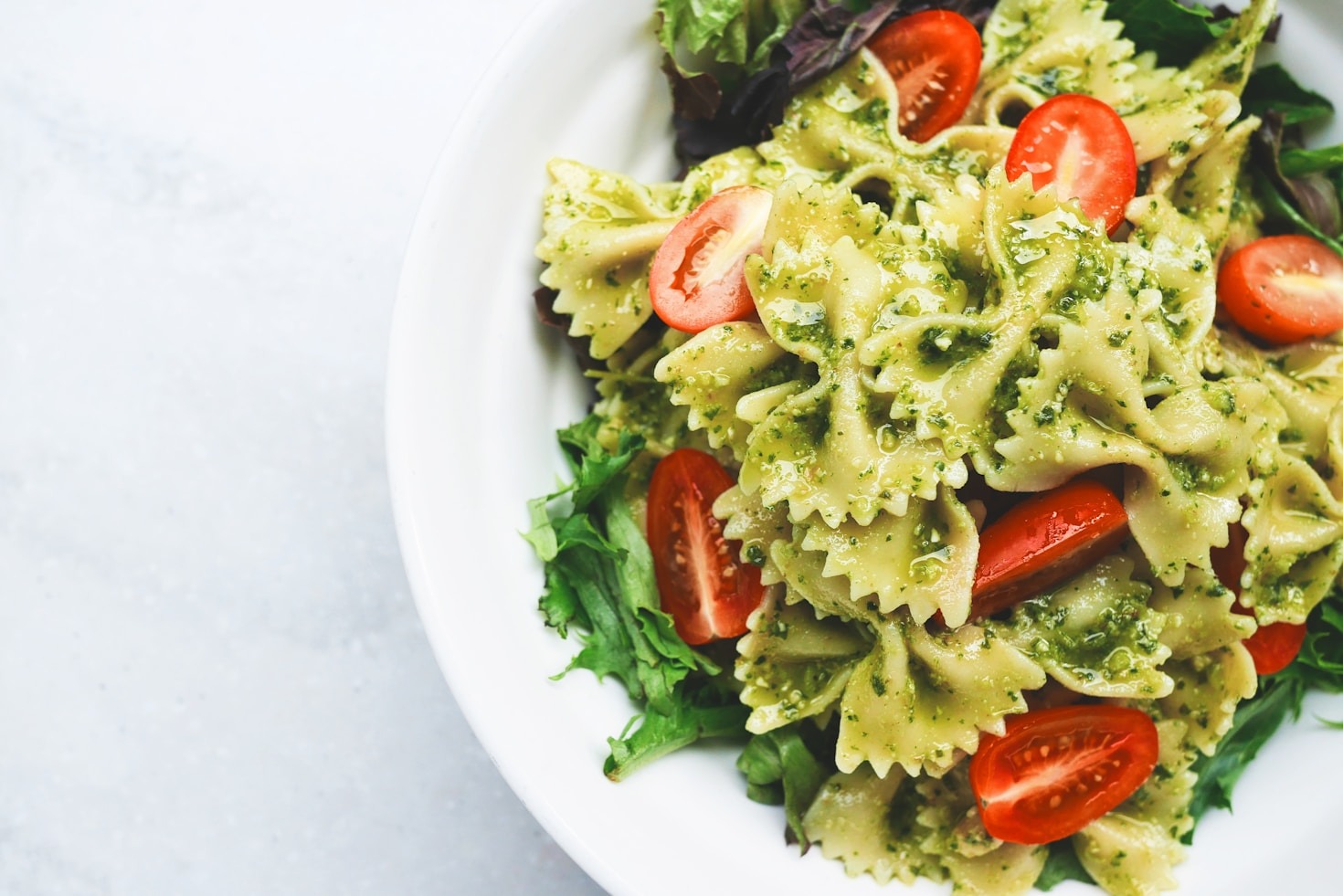Food is far more than sustenance — it’s a story of culture, history, and identity. Every region in the world brings its own flavor to the global table, offering unique dishes shaped by geography, religion, traditions, and generations of practice. In this article, we explore how culinary traditions vary across continents and what they reveal about the people who create them. Whether you’re a food enthusiast or a cultural explorer, this journey through flavors promises to ignite your taste buds and your curiosity.
“Sometimes, the simplest moments hold the deepest wisdom. Let your thoughts settle, and clarity will find you.”
Much like food traditions, which often arise from simplicity and necessity, yet blossom into profound cultural expressions.
The Rich Tapestry of Global Cuisine
From the spice-laden curries of South Asia to the slow-cooked stews of West Africa, every cuisine is a reflection of local customs and community life. In Japan, meticulous preparation and seasonal ingredients form the backbone of washoku, a UNESCO-recognized food tradition. In Mexico, family recipes for tamales or mole are passed down as treasured heirlooms. In Italy, each region boasts its own pasta shape, sauce, and culinary philosophy — all woven into the country’s rich cultural fabric.


How Environment and Belief Shape Taste
Geography and religion play powerful roles in shaping what people eat. Coastal regions often focus on seafood, while mountainous areas lean on hardy grains and preserved foods. Religious traditions — from kosher laws in Judaism to halal practices in Islam — inform food preparation, ingredients, and rituals. These culinary customs reflect deeper values, connecting meals to mindfulness, family, and the divine.
The Role of Food in Celebration and Connection
Culinary traditions are especially vibrant during festivals and ceremonies. Think of Thanksgiving in the United States, Eid feasts in the Muslim world, or Diwali sweets in India. These meals go beyond nutrition — they build connections, tell stories, and express shared identities. In every culture, food brings people together, turning kitchens into spaces of love, laughter, and legacy.
Wrapping Up with Key Insights
As we explore culinary traditions around the world, we realize that food is a universal language — one that speaks of history, connection, and belonging. Every dish carries with it the spirit of a place and the soul of its people. Whether you’re cooking an age-old family recipe or trying something new, remember that you’re part of a global community bound by flavor and tradition. Embrace it, celebrate it, and share it — because every bite tells a story worth savoring.


Leave a Reply